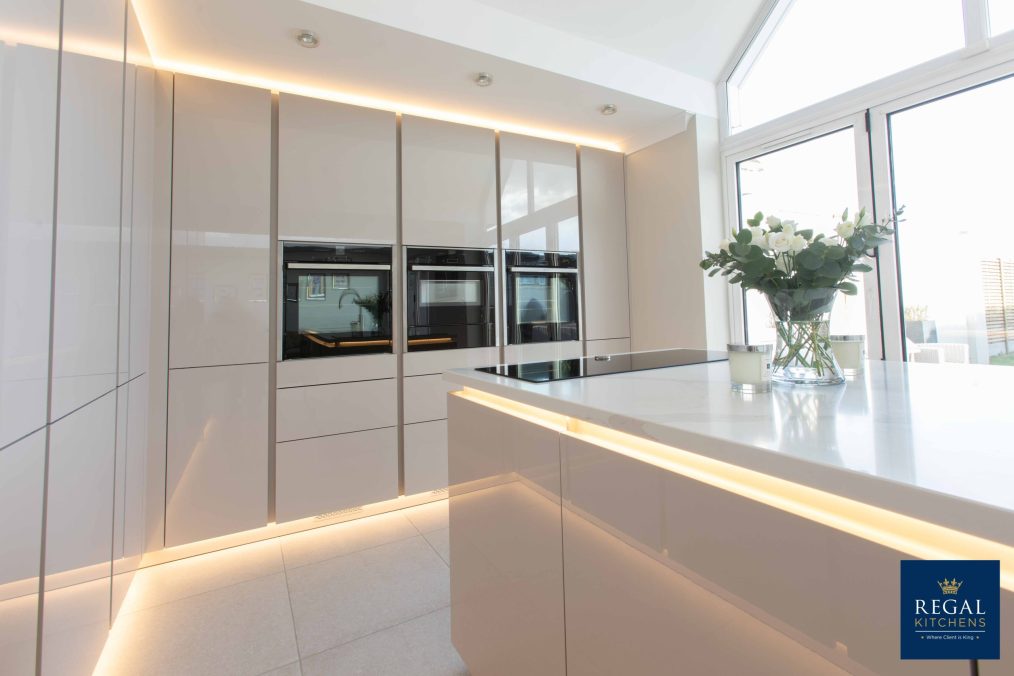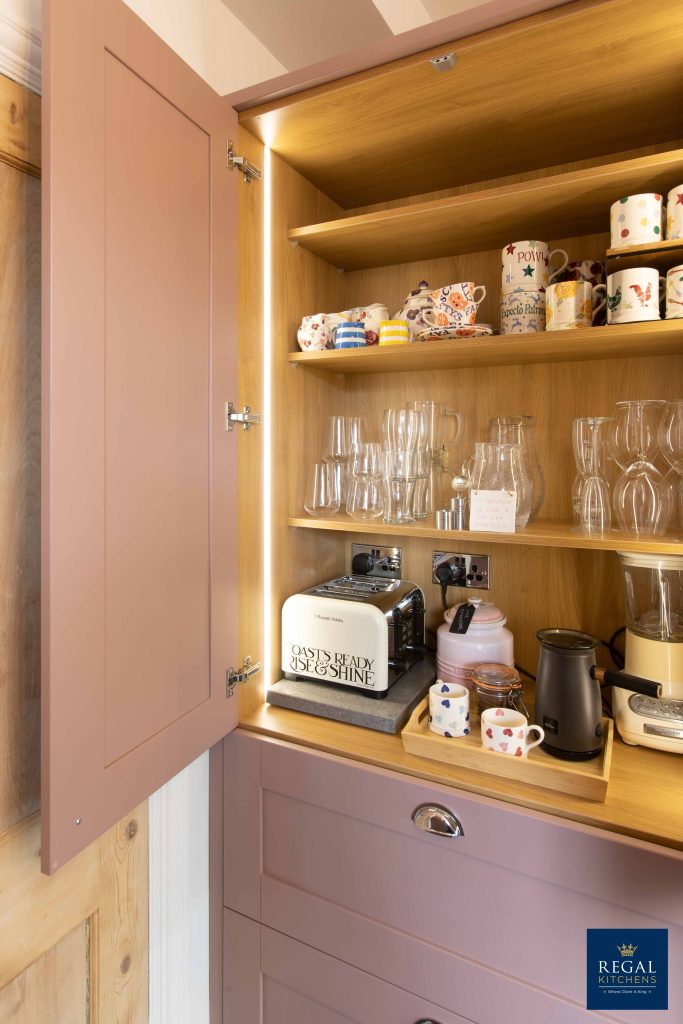
The Importance Of Proper Lighting In Your Kitchen
The kitchen is the heart of your home.
It’s where you gather with family and friends, where you cook up delicious meals for your loved ones, and where you can be yourself without having to worry about what others think.
But if the lighting in your kitchen isn’t right, it can potentially ruin all those things! Lighting affects everything from how much time is spent in this room to how well food is prepared (and even how it tastes). This means that if you want to make sure that everyone enjoys themselves when they’re hanging out together in this space, then it’s important not just for aesthetics but also functionality too.
Types of Lighting
There are many different types of lighting available for your kitchen. Here are a couple of the most common:
LED’s – LED stands for Light Emitting Diode, which is a semiconductor (part conductor, part insulator) device that converts low levels of electricity into light and the most widely used type of lighting. Unlike traditional incandescent light bulbs, which generate light through creating heat. LED lights have become the world’s most efficient form of lighting, using around 90% less energy than our traditional incandescent light bulbs, and approximately 60% less than fluorescent lighting. This is ideal in today’s energy landscape, which demands an increasingly energy-saving attitude to preserve our planet’s resources. LED’s have a long life span, have a lower heat output and are more durable.
Halogen lamps – These work like incandescents but last longer, about 10 times longer than standard light bulbs. They also use less power than both incandescents and fluorescents; however, this comes at a cost, halogens produce much more heat than other kinds of lighting sources due to their high wattage requirements (upwards of 500 watts). Be sure not too close any objects while using these lamps because they can easily cause fires if left unattended!
Lighting Fixtures
There are a number of different types of lighting fixtures available for kitchens. The type you choose will depend on your personal preferences, as well as the size and shape of your kitchen.
Track lighting: This type of fixture is installed on tracks that run along walls or ceilings. It can be adjusted to provide directional light where it’s needed most, such as over a work surface or hob.
Recessed ceiling lights: These are set into holes in ceilings and provide general illumination throughout the room without any shadows being cast on surfaces below them (which can happen with other types). They’re generally considered safer than other options because they don’t protrude from above eye level, but they also tend not to be adjustable like track lights are!
Pendant lights: These hang down from above like chandeliers but don’t require any kind of mounting hardware; instead, they’re held up by chains or cables attached directly beneath each pendant’s shade (which may also include glass panes)

Lighting Placement
The placement of your lighting fixtures is just as important as their number. The right placement will create the right atmosphere and ensure that you have adequate light in all areas of your kitchen.
Place lighting fixtures over work surfaces, such as the kitchen island or peninsula. These areas are where you’ll do most of your cooking and entertaining.
If possible, use dimmer switches, or even better lighting apps on your smart device which can connect to your WiFi for all lighting fixtures in order to adjust brightness levels based on what’s happening at any given time, for example if someone is cooking dinner while others sit around chatting at the table.
Lighting Colour
The colour temperature of your kitchen lighting can be just as important as the brightness. Colour temperature is measured in kelvin (K), and it’s basically how much heat a bulb gives off when it glows. You can think of it like this: A lower number means cooler light, while higher numbers mean warmer light, these two types of lighting can have very different effects on your space and mood.
So what kind of effect do you want? In most cases, you’ll want to go with something between 2500K and 3000K for optimal illumination in your kitchen, anything above 3500K will start to feel harsh on your eyes after prolonged exposure and make everything look yellowish or orangey (which isn’t ideal). If possible, try out different options before committing to one particular type so that you know exactly what kind of ambience each will create.
Task Lighting
Task lighting is the type of light that you use to perform specific tasks, like preparing food or socialising. The best task lighting for your kitchen depends on how you use it, so think about what activities take place in your kitchen and how much time you spend doing them. If you’re looking for an all-around solution, consider installing recessed cans with dimmable bulbs above each work surface. This will provide ample brightness for general tasks such as chopping vegetables or prepping ingredients; however, if those activities are only part of what goes on in this area (for example: baking), then additional overhead lighting may be needed as well.
Natural Lighting
Natural lighting is the best way to create a bright and airy kitchen. Natural light can be used to create the right atmosphere, whether you want a romantic or relaxing feel in your kitchen.
Use large windows that allow plenty of sunlight into your room. If you have an area with no windows, consider installing skylights or solar tubes (which direct sunlight into dark areas).
Make sure there are no obstructions between the window and where it shines on your countertops so that all spots get equal exposure to daylight throughout the day as well as at night when it’s darker outside.
Our knowledgeable kitchen designers can help you plan the lighting in your new kitchen design, we use the most reliable suppliers at our disposal to ensure that when we transform your kitchen, we can be confident that you will be able to see the benefits of good lighting for years to come.
#whereclientisking

